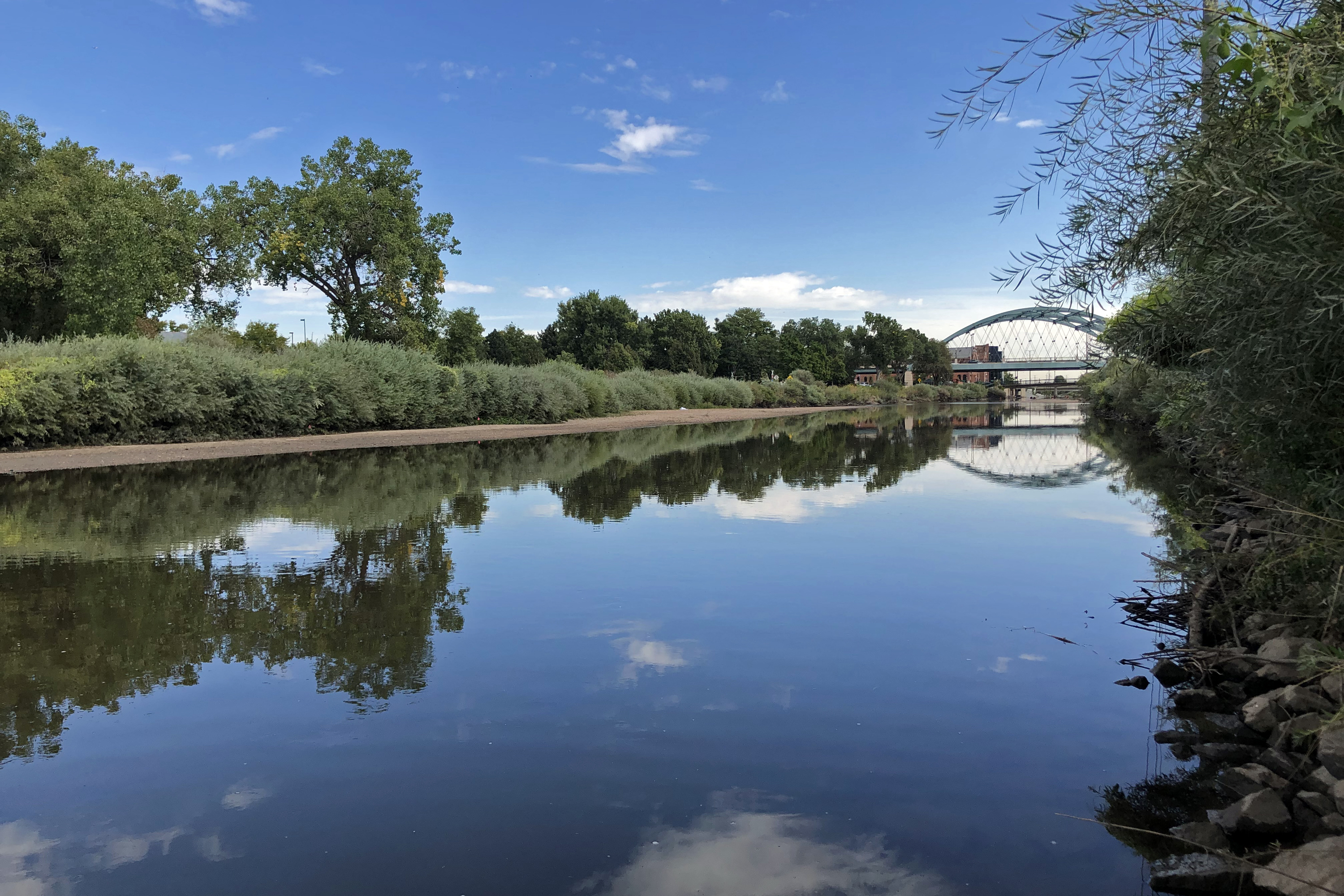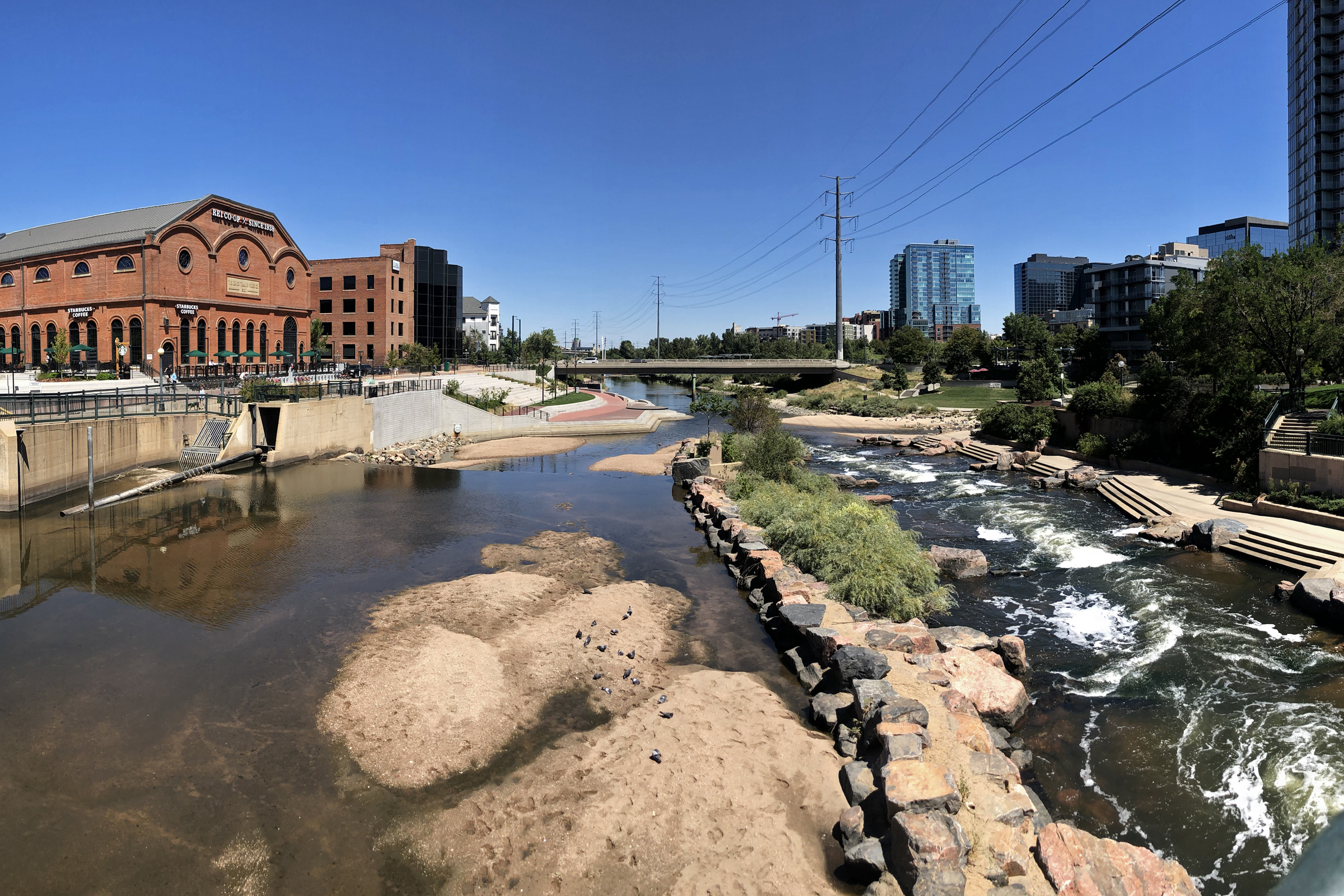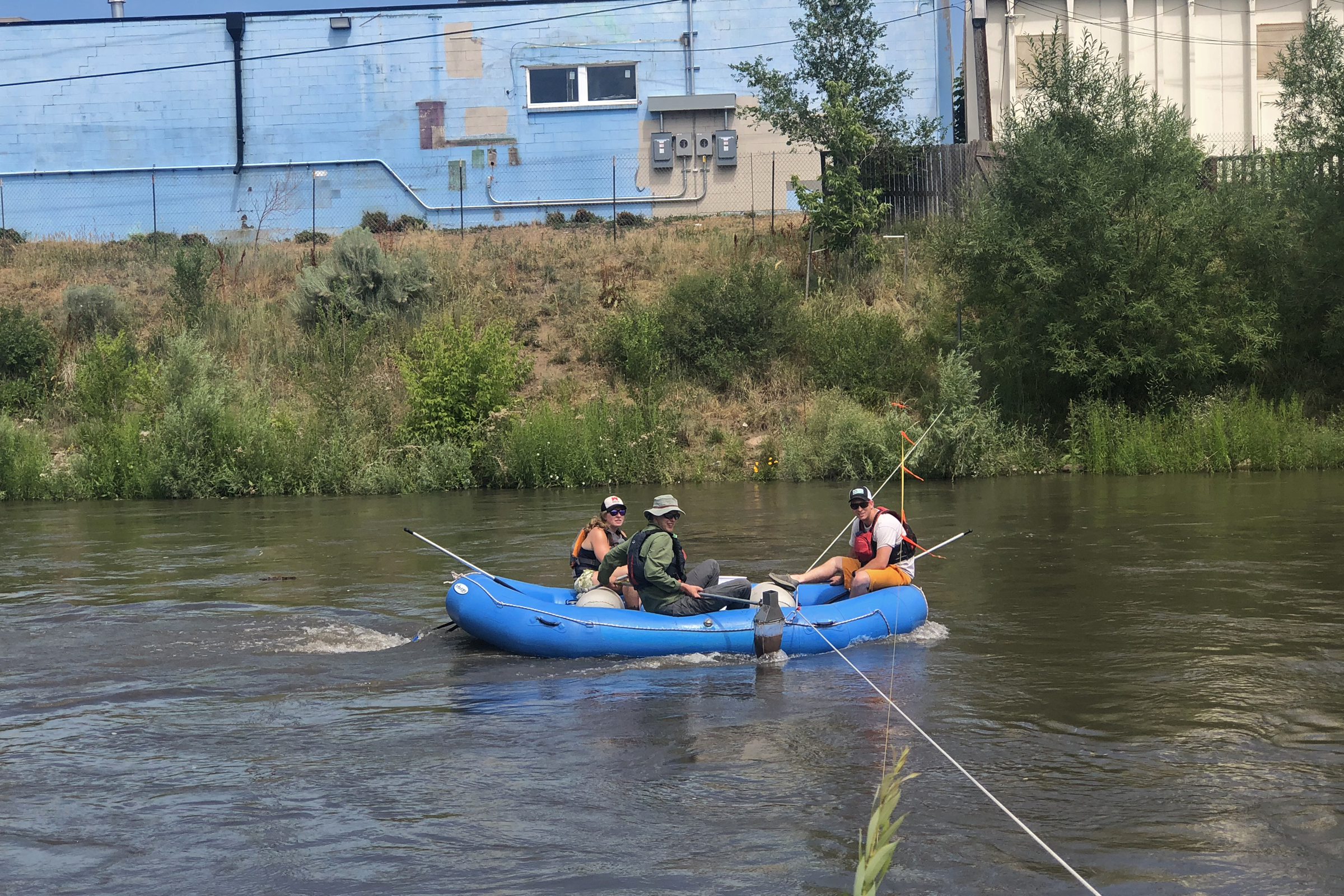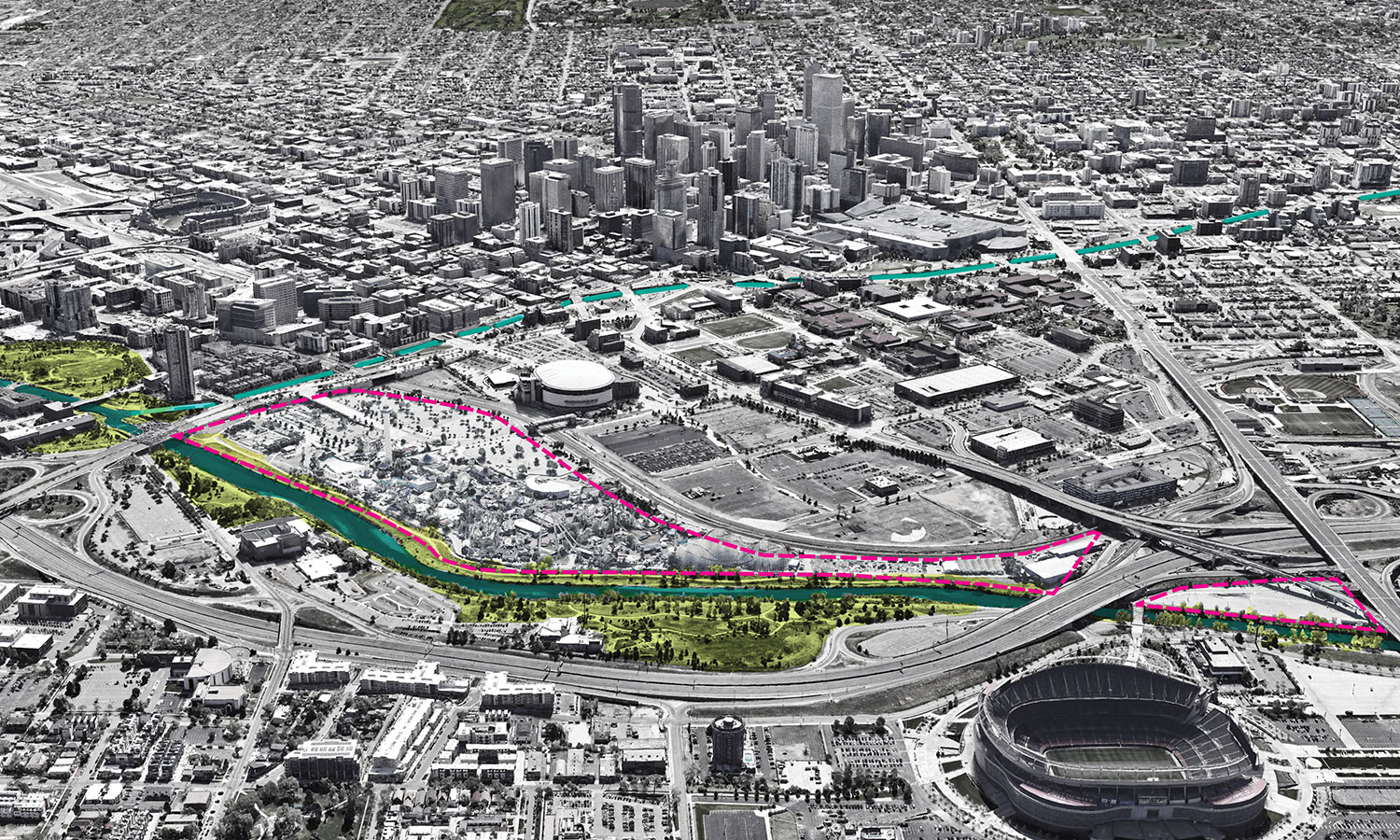The South Platte River represents a vital habitat corridor that links the Rocky Mountains to Colorado’s Eastern Plains. Flowing through the heart of downtown Denver, the South Platte has been impacted by a history of industry and development. To envision a better future for the river with improved ecosystem functions, the City and County of Denver, U.S. Army Corps of Engineers, The Greenway Foundation, and the Mile High Flood District developed a concept plan to restore a six-mile stretch of the South Platte River, known as the Urban Waterways Restoration Study (UWR).
Birch Ecology is an integral part of the team completing the first phase of the South Platte River Restoration – an evolution, final design, and implementation of the habitat restoration that was envisioned in the UWR. This important public benefit project is being generously sponsored by Revesco Properties, developers of The River Mile – an ambitious project aiming to rediscover the river as a cultural, recreational, and ecological amenity and focal point for the community. The re-designed river corridor will help to revitalize this part of downtown Denver in conjunction with with The River Mile development.
The project area, known as “Reach 5,” extends from Confluence Park upstream for 1.3 miles, above I-25 and Colfax to the confluence with Lakewood Gulch. The project includes in-stream and riparian habitat restoration, floodplain mitigation, and recreational improvements. It includes a re-design of the iconic Confluence Park and removal of the 7-foot-high dam, along with decades of accumulated sediments that have backed up behind the dam, which have impaired river function. This will not only improve fish passage and habitat connectivity, it will facilitate construction of a restored, multi-stage channel that will safely convey the 100-year flood. A healthier and more diverse stream bed will provide better habitat for fish – with cooler, deeper water during low flows, clean gravels, and better habitat for aquatic insect prey, known as macroinvertebrates. Re-designed stormwater outfalls will be routed through aesthetic wetland creations to clean and filter the water before it reaches the South Platte River. A new recreational wave feature, re-designed people spaces, and the new Urban Loop Trail will complement the river restoration.
Birch is collaborating with our partners S2O Design and Engineering, Black Creek Hydrology, Calibre Engineering and landscape architects Wenk Associates on the final design, permitting, and implementation of the stream restoration for Reach 5. Birch Ecology completed the wetland delineation and functional assessment and is currently preparing the Individual Wetland Permit Application and supporting studies including the Stream Quantification Tool, and the wetland mitigation and monitoring plan. Birch’s plant ecologists developed the Restoration Plan for Native Plant Communities including the native plant palette and specifications for the restoration, and we are partnering with landscape architects Wenk Associates to develop the ecological landscape design. In addition, we are collaborating with Wenk, Revesco Properties, and stakeholder groups to develop a concept plan for an interpretive trail highlighting indigenous uses of native plants and their connection to the river’s ecology.
The stream restoration design process is ongoing, with construction planned to begin in 2022.
Design Team Partners: S2O Design and Engineering, Black Creek Hydrology, Calibre Engineering, Wenk Associates, River Works, M2 Development, Simons & Associates, Otak, Turner Construction Company, ECI Site Construction Management, Colorado School of Mines.











